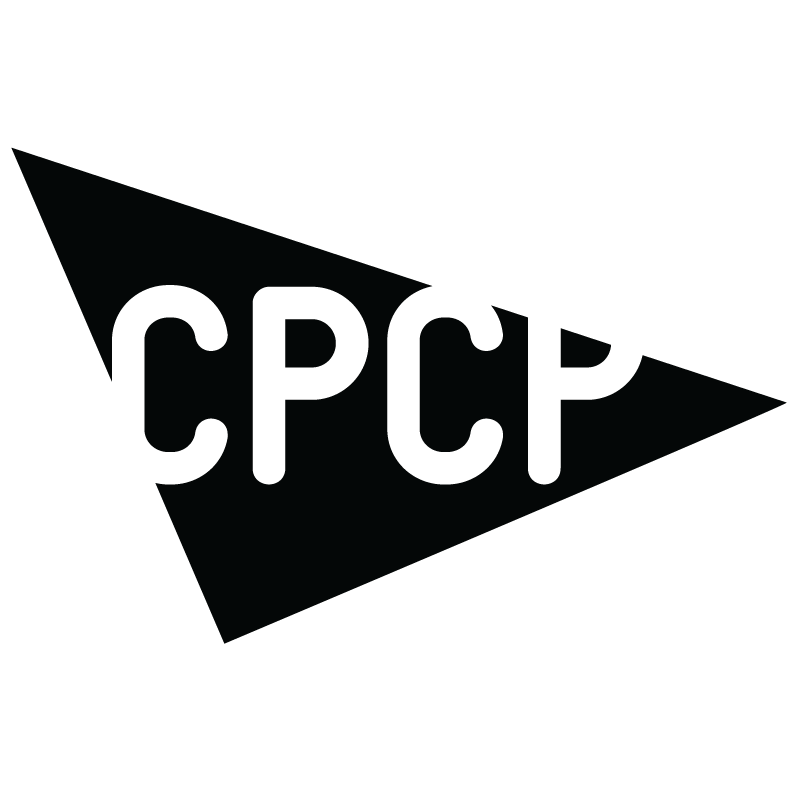Translations: Engaging Engagement
This post was originally published by Howlround.com on April 7, 2012.
By Michael Rohd, CPCP Founding Artist
What does the word “engagement” mean these days?
Dictionary definitions Appointment. Employment. Battle. Synonyms include rendezvous, arrangement and tryst.
Definition via personal narrative When my wife and I got engaged, what did that word mean to us?
It meant a public commitment to enact a (problematically non-inclusive) societal ritual through which we would be bound to each other as partners. It meant a desire for and acceptance of a relationship to be filled with love, challenge, generosity, support and a need for ongoing communication.
Definition via a non-scientific survey of the word’s meaning in the field of contemporary US theatremaking
Engagement is currently being framed as a broad spectrum of approaches and activities that include, but are not limited to:
- Gathering and capturing new audiences by reaching out to potentially interested community constituencies based on a topical or thematic affinity with a specific play’s subject matter;
- Deepening an audience’s experience of a play’s meaning and context through events and strategies offered on site, online, and even beyond the walls of the institution.
- Expanding the experiential nature of performance through non-traditional uses of site and participation within the performance event itself;
- Working with community members who do not self-define as artists in the research, development, and production of new work for the stage with an emphasis on the local aspects of artmaking and presenting.
Social good and sustainability are not mutually exclusive terms. They can’t be in the current economic and cultural climate.
In the current arts landscape, ideas of engagement, participation and institution/audience relationship enjoy the stature of holy nexus at an intersection of innovation and survival. The Intrinsic Impact study, the new TCG Audience (R)Evolution Program and the Doris Duke Artist Residency Grant Program focused on increasing audience demand are all indicators that energy is aligning for deep investigation and a commitment to advancement in these practices.
I would suggest that this is a good thing.
But I would ask, amidst the conversations, grants and re-naming of staff positions, what common values, if any, do we believe engagement should hold as a growing body of practice?
The array of engagement approaches in our field takes many of it’s core impulses and tactics from a continuum that spans the pioneering community-based, often politically motivated artists of the 60s and 70s through the new work models of contemporary location-based ensembles to the most current branding, public relations and participation experts in the social media, business and design sectors. The sources on this continuum are widely varied in underlying philosophy and goals.
What about us making theatre and performance today?
We are often divergent and idiosyncratic in our methods and intentions.
As we support and learn from each other, how do we insure that we are values fluent, not values blind, in our conversations with each other about this growing body of work? What do we need to be able to clearly articulate when we speak as artists with non-artists about what we do and why? What questions do we need to ask ourselves?
A proposed start to the list:
- Do we engage to grow our consumer base?
- Do we engage because we believe that artistic practice benefits our communities and we choose to make that offering?
- Do we engage by choosing the material that begins every interaction, or do we look to non-arts partners for content and/or form?
- Are we building relationships out of need? Fear? Desire?
- Are we building relationships?
- Are we making invitations?
- Are we looking to be invited?
- Is engagement a rendezvous? A tryst? A commitment? To who? With who?
- What does generosity mean in our practice?
- Is engagement audience development? Community development? Artist development?
- If we claim it as all three, how do we accomplish all three simultaneously with integrity?
- Does engagement imply partnership?
- What does partnership mean?
- Is engagement deeply embedded in the process of artmaking, or is it a set of actions developed around the art to expand reach and impact?
Every one of these questions has different answers based on the who, the where and the why. The questions aren’t posed to make the argument that those who claim engagement are bound to a social justice agenda and are therefore damned if economics leads vision. Social good and sustainability are not mutually exclusive terms. They can’t be in the current economic and cultural climate. But I believe it’s important at this moment of rising support and growth in engagement practice to match rigorous criteria of effectiveness with rigorous attention to principles and intentionality.
Why we do what we do, how it affects others, and every artist’s framing of engagement impacts the way we are looked at as a discipline and as members of civic culture. We don’t have to hold one set of beliefs or tools as a field, but we need to be expert in our own motives and actions. Then we need to bring that expertise to crowded tables where we sit with each other alongside strangers and generously do the work- wherever it takes us.
